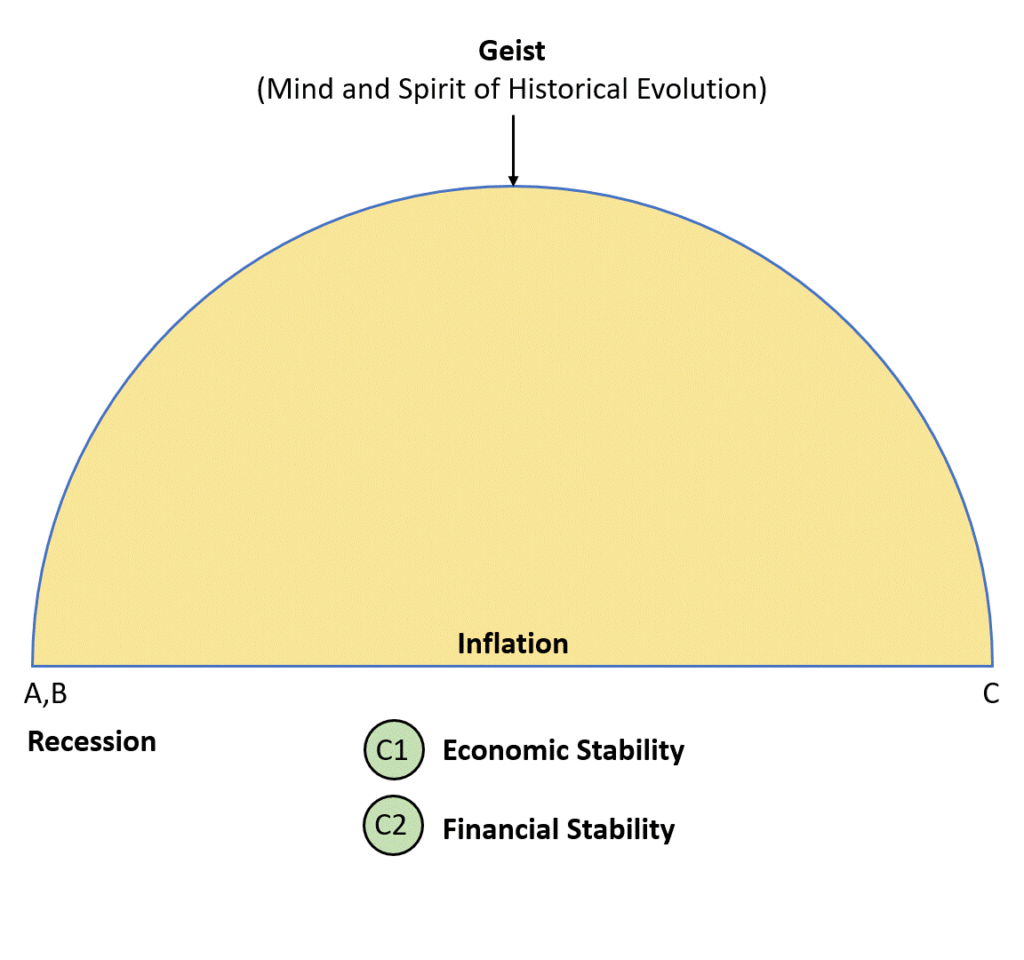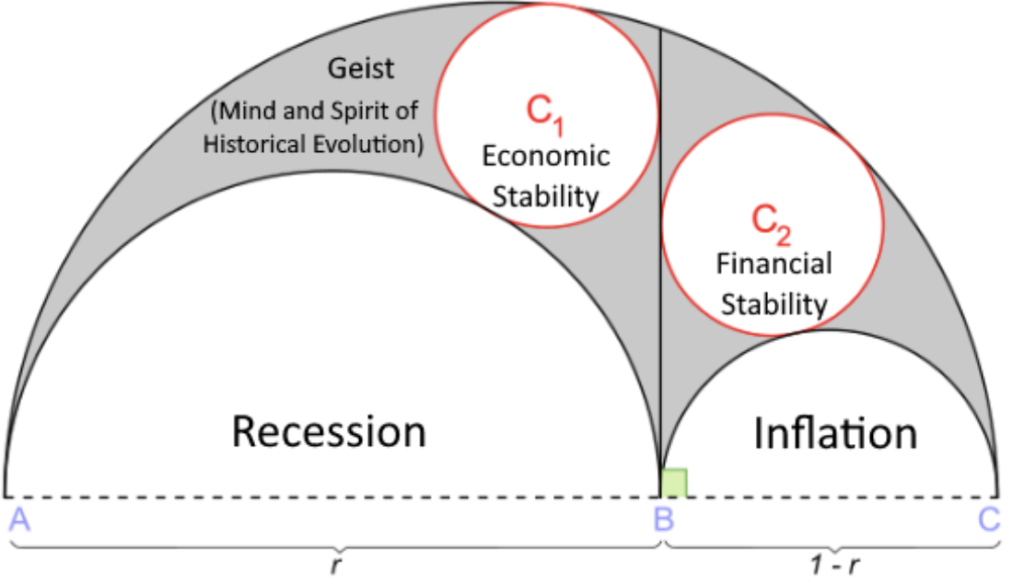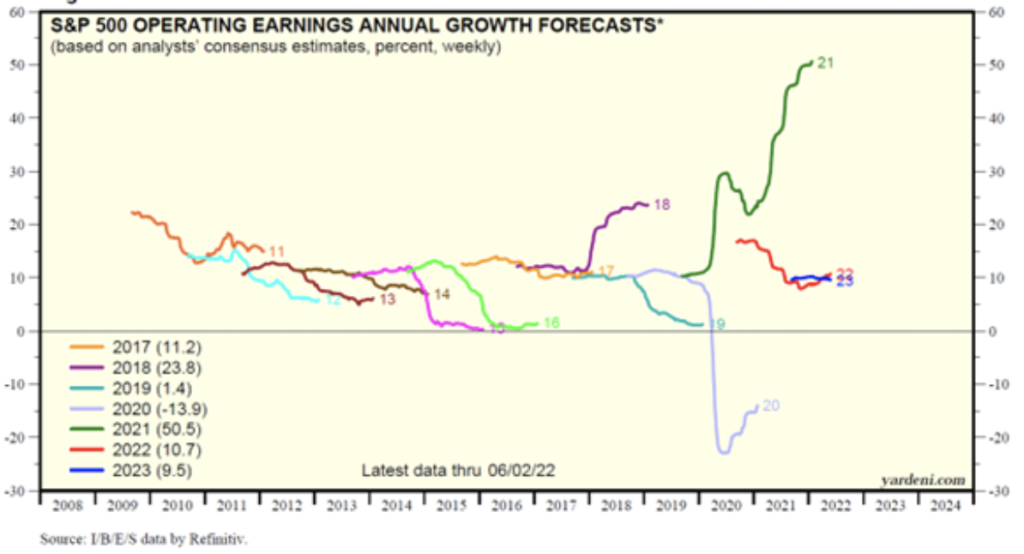
The year was 212 BCE. Archimedes was contemplating, and as he turned over his shoulder, he saw a legionnaire Roman ready to end his life. “Do not disturb my circles,” he shouted. The soldier snapped and despite the orders by General Marcus Claudius Marcellus to preserve Archimedes’ life (who was Romans’ chief villain in their war against Syracuse), he ended it. Plutarch (Marcellus’ biographer) will state: “He abhorred the man who had killed him as he had committed an act of sacrilege…he sought out Archimedes’ relatives and treated them with honor.” Marcellus knew that science had just witnessed its first martyr, and he also knew well that starting with Archimedes, technology would be the primal mover and the locomotive of things to come. After all, that’s why he wanted his life to be preserved, so that Rome could gain from his knowledge. Archimedes had learned well from Aristotle: Knowledge is power.
The markets, nowadays, seem to have been taken captive by a series of events whose culmination points to uncertain outcomes. The two Archimedean market-oriented full (red) circles shown below (noted as C1 and C2) represent economic and financial stability.

This is not a static picture, but rather an evolving one. The evolution and shape of the two semi-circles (the ones below the red circles) determine the destiny of the full red circles. The semi-circles represent the enemies who can disturb economic and financial stability. Who is the main enemy now, and what kind of hubristic activity took place that demands retribution? (After all, Rhamnousia, a.k.a Nemesis, was the goddess of retribution for those who committed hubris).
The fear of recession, along with the subsequent declines in economic activity, surfaces as the main nemesis for now. How did we reach that point in the midst of projected healthy growth in sales, employment, production, and even in the midst of healthy corporate operating earnings (between 10-12% for 2022) as shown below?

Recessionary fears have the ability to exercise further downward pressure on a bear market, and that, in turn, instills sale pressure on portfolio holdings, and hence today’s market volatility and inability to find a bottom. The recessionary risk then makes up our first semi-circle/nemesis (see graph and animated image above) that could disturb the two Archimedean circles (of economic and financial stability). However, we owe to answer one question first: Why suddenly such a rise in recessionary risks? In our humble opinion, it is because the central banks committed the ultimate hubris by their spectacular failure in their foresight and fiduciary responsibility of preserving price stability. Now that they are rushing to prevent further inflationary escalation, they are creating doubts about credible policies and are contributing to what historical (geopolitical and geoeconomic) forces have set in motion i.e., the undermining of stability.
If recessionary fear is the main enemy and represents our first semi-circle/nemesis, then what is the second semi-circle/nemesis? Persistent inflation comes as the best candidate, and it represents the lost battle against the causes of price pressures (loose monetary policies, deficit spending, pandemic, supply constraints, war, change of tastes, etc.) that generated the #1 enemy described above (recession).It is interesting to note that maximum size of the two full Archimedean circles occurs when the two smaller semicircles (recession and inflation) have equal size, and as one circle becomes larger at the expense of the other, the size of the Archimedean circles drops. When one circle begins to disappear (for example under extreme conditions of depression or hyperinflation), both Archimedean circles begin to disappear also, implying that economic and financial stability have disappeared.
The German philosopher Georg Wilhelm Friedrich Hegel spent a good portion of his work focusing on an important question: “How did humanity gain its freedom?” Hegel wrote, “The history of the world is none other than the progress of the consciousness of freedom.” Hegel wove history into philosophy and into human nature and insisted that neither of them can be understood without seeing both as phenomena that come to be, rather than just exist. By doing so, he subverted the Hobbesian idea of static history but also parts of the foundations of moral philosophy.
Steve Jobs never met Hegel but his statement, “It’s really hard to design products by focus groups…people don’t know what they want until you show it to them,” is purely Hegelian. Before Hegel, human desires were seen as fixed and immovable. Hobbes, Hume, Mill, Spinoza, and even Kant wrote as if the individual arrived at the stage, fully knowing what is wanted and ready for the desires to be met. Hegel subverted that by insisting that human goals and desires are shaped by the social milieu (political, geopolitical, economic, and geoeconomic forces) and its evolution through time. He called the whole process Geist, meaning the mind and the spirit of that evolving historical evolution. Social forms and their contradictions lead to inevitable transformations. So, whether we espouse Hegelian dialectic (of thesis, antithesis, and synthesis) or not, the reality is that foresight into the possible outcomes of opposites is a fundamental prerequisite of understanding options and designing appropriate responses.
The gray area in our first figure above makes up the third semi-circle (the three semi-circles which cover the whole area/plane are known as arbelos). Historical evolution through geopolitical and geoeconomic forces (Geist) are exercising pressure on the other two semi-circles (inflation and recession), and as the other two semi-circles expand or contract, the economic and financial circles are disturbed, with the result being that their growth/size is volatile, their stability is endangered, and even their existence could be jeopardized.
As the graphic above shows, the outgrowth of the left semi-circle (recession which in its extreme version becomes depression) can occupy the whole plane and then economic and financial stability are eaten away and disappear. The same thing, of course, can happen with the second semi-circle. Paying attention then to the musical notes of the Geist becomes a very important exercise as it could be that the third semi-circle (the gray area) will determine the shape and the size of the other two semi-circles. When the third semi-circle becomes too big, the threats of recession and inflation may shrink and the size of the Archimedean circles may become too big, implying that the whole system is marked by bubbles.
Historical evolution then is neither what Macbeth proclaimed “a tale told by an idiot, full of sound and fury, signifying nothing”, nor what Henry Ford thought as “one damn event after another”, but rather it is a tale where we are the co-authors whose job is to manage the consequences of unfolding tensions. This unfolding story has a mind and a spirit (Geist). The development of the latter manifests itself in concrete reality where the motive force of history is the drive to actualize destiny. The river will finally reach its destiny: the ocean.
Somewhere in the distance I hear Archimedes asking, “Please, do not disturb my circles” while Hegel is urging us again to listen one more time to Mozart’s Magic Flute.
